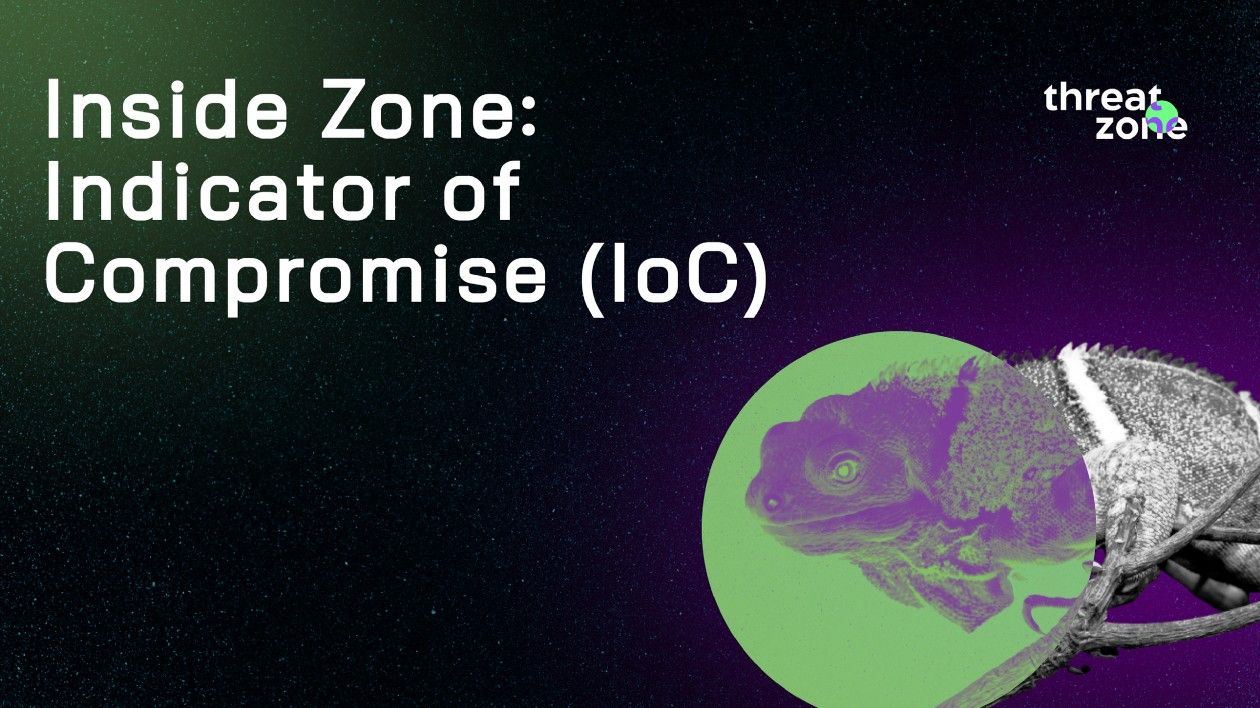Inside Zone: Indicator of Compromise (IoC)

An indicator of compromise (IoC) indicates a high probability of unauthorized access to a system—in other words, that the system is compromised. Detecting malicious activity early and preventing known threats are both achieved with such indicators.
Here are some examples of compromise indicators
A compromise may be indicated by the following:
- Unusual DNS lookups,
- Suspicious files, applications, and processes,
- IP addresses and domains belonging to botnets or malware C&C servers,
- A significant number of accesses to one file,
- Suspicious activity on administrator or privileged user accounts,
- An unexpected software update,
- Data transfer over rarely used ports,
- Behavior on a website that is atypical for a human being,
- An attack signature or a file hash of a known piece of malware,
- The unusual size of HTML responses,
- Unauthorized modification of configuration files, registers, or device settings,
- A large number of unsuccessful login attempts.
Utilizing indicators of compromise to identify and prevent compromises
Threat analysis helps identify the IoCs for a specific threat — what factors to associate with it. Cyber intelligence, for instance, may report IoCs such as file hashes, C&C addresses, etc. when it detects new malware.
A company’s infrastructure will be monitored for indicators of compromise in the future. If an IoC is detected on a system, it is likely under cyberattack, which requires certain countermeasures.
These indicators are also added to databases of passive monitoring tools and antivirus software, which can block intrusion attempts.
Using malware signatures, a security solution can detect and prevent malware from running on a device.
Thanks for reading!

